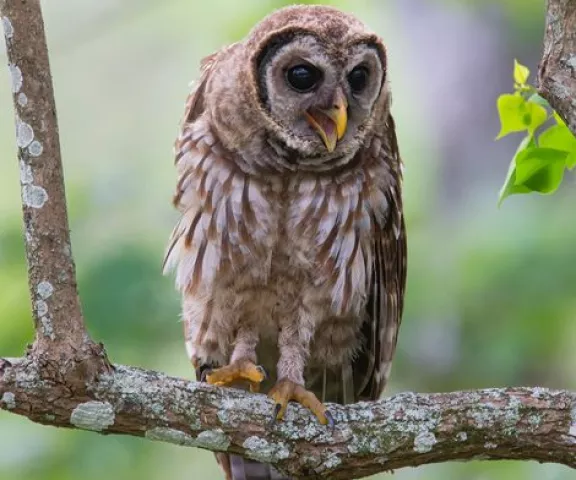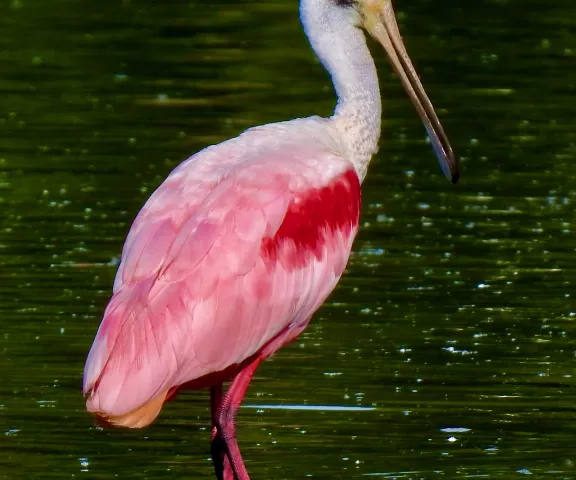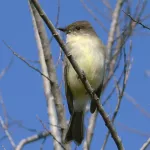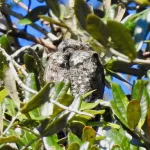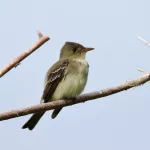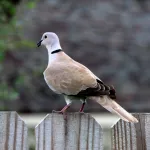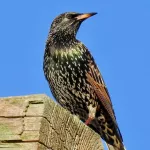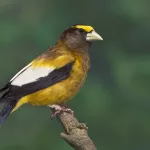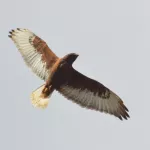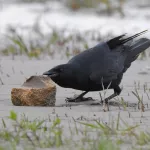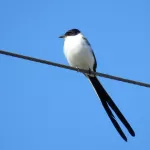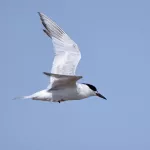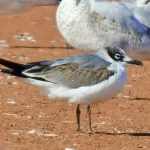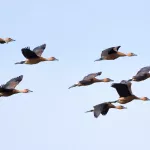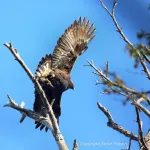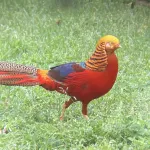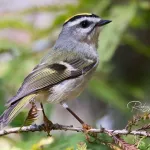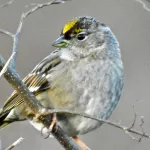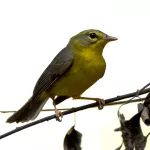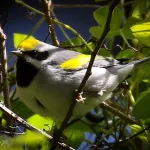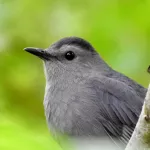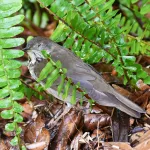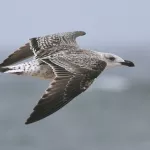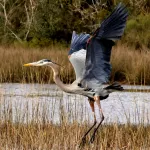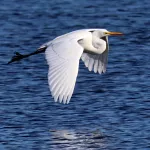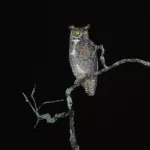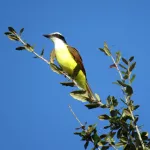Bancker Grotto (at Live Oak Road)
Bancker Grotto is set on the less-traveled east bank of the Vermilion River between the towns of Abbeville and Erath. This small site has long been visited by birders, as well as by plant explorers in search of remnant colonies of the legendary Abbeville Iris, a rare natural hybrid containing the genetics of three native Louisiana iris species. Bancker Grotto sits on the swampy edge of one of the few sites in coastal Louisiana where this botanical phenomenon has been known to occur.
This park has a good bit of open lawn space anchored by small clusters of mature live and water oaks and eastern red cedar, along with a nice, shaggy woodland edge at the boundaries of the mowed area and surrounding forest.
The western edge of the site is perched along the Vermilion River. A raised boardwalk leads through flooded bottomland hardwoods and cypress swamp, including various plants and trees. Bottomland hardwood and swamp species abound in these woods. Commonly recorded birds include Black-bellied Whistling-Duck, Wood Duck, Ruby-throated Hummingbird, Anhinga, Red-shouldered and Broad-winged Hawks, Barred Owl, and around 10 species of wading birds including Roseate Spoonbill.
Look for bottomland hardwood/swamp-dwelling songbirds as well – species such as Red-eyed Vireo, Rusty Blackbird (January), Prothonotary and Northern Parula Warblers, and Northern Cardinal are all commonly recorded here.
Open areas along the edge of flooded woods near the river-swamp interface are dense with rank herbaceous vegetation. Together with the woodland edge along the mown front portion of the park, look carefully for thicket-loving species here such as White-eyed Vireo, Ruby-crowned Kinglet, Blue-gray Gnatcatcher, House and Carolina Wrens, Gray Catbird, and Brown Thrasher. A number of sparrows and warblers have been recorded from these areas of dense vegetation, including White-throated, Song, Savannah, and Swamp Sparrows, Eastern Towhee, along with Yellow-breasted Chat, Orange-crowned Warbler and Common Yellowthroat.
Amenities at the park include designated parking, identification signage, a hard-surfaced walkway, and a boardwalk that conducts visitors through bottomland hardwood forest and cypress swamp habitats to an observation deck on the Vermilion River. No restrooms/water. Fully handicapped-accessible.
